Interest in butterfly gardening is on the rise.
It’s a good thing, too, as it is an important way to help butterflies and other pollinators.
But did you know that some butterflies also get their nutrients from damp sand, compost and manure (behaviours called “mud puddling”), as well as from tree sap and moist organic matter like rotting fruit, dung and carrion?
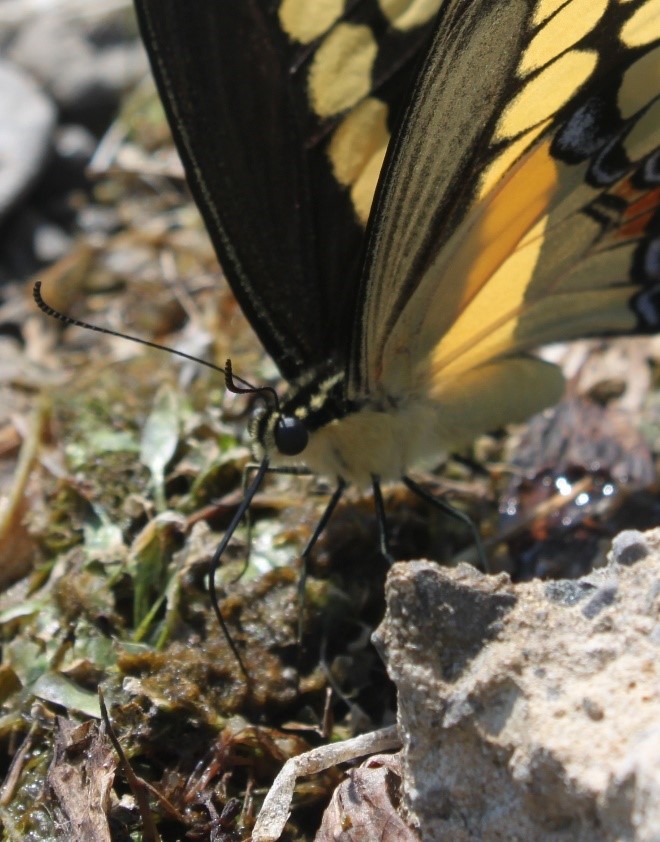
While some of these food sources are not so appealing or feasible for us to recreate, we can help butterflies get their minerals by adding a mud puddling area near flowering plants.
Garden Mud Puddles
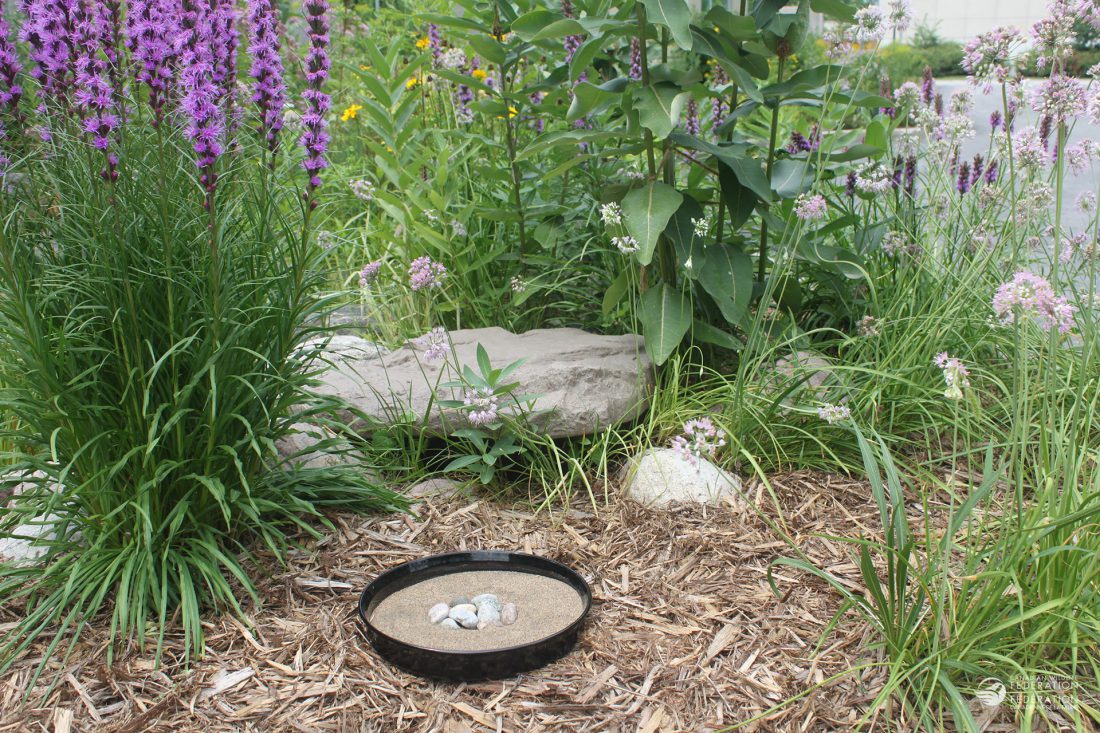
Creating a mud puddle can be as simple as leaving an area of soil in your butterfly garden exposed. In other words, leaving an area mulch-free. Natural non-dyed mulch like straw or finely shredded bark or leaves is very beneficial because it keeps weeds down, keeps root temperatures more even, retains moisture and slowly adds nutrients to the garden. But if you leave the edge of the garden as bare soil, then after the garden is moistened from rain or watering, it can attract butterflies more easily.
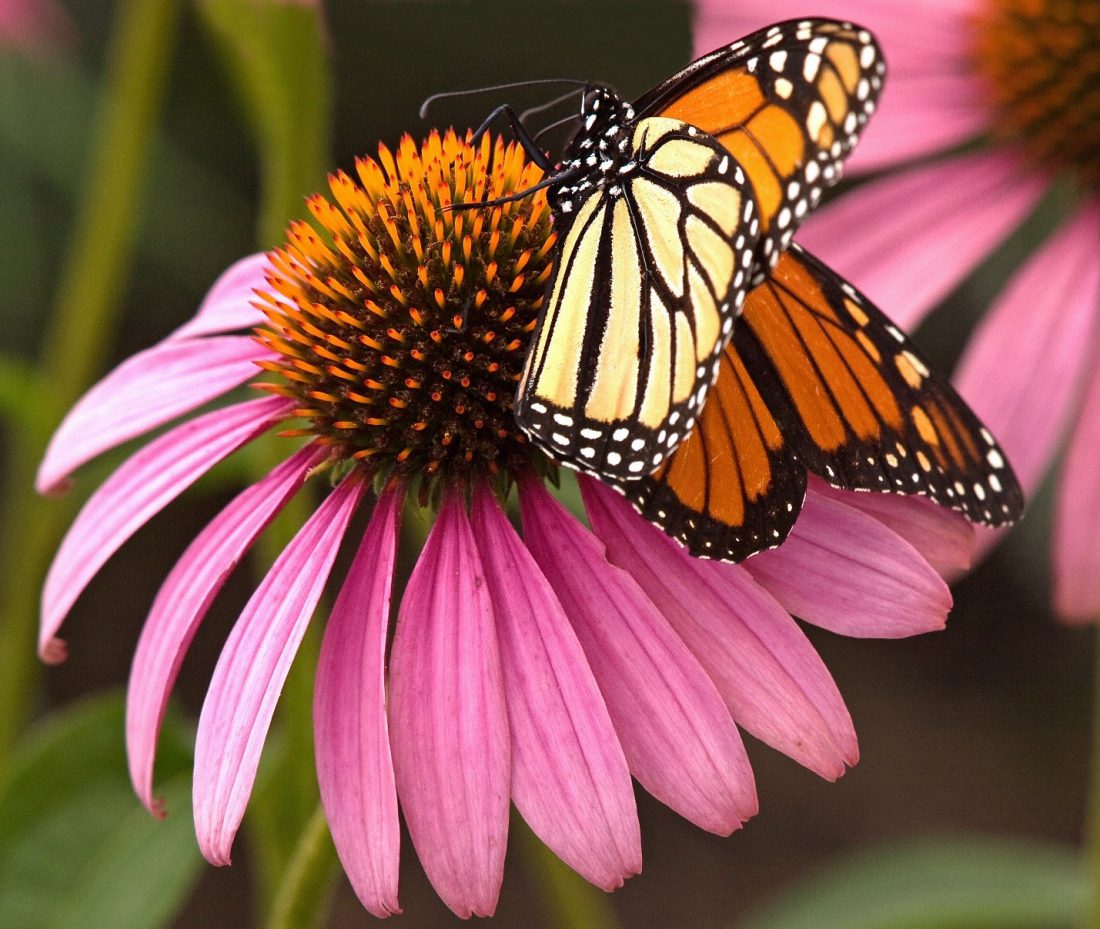
Of course, you can leave a patch of bare soil even if you don’t have a butterfly garden – any flower or vegetable garden will do. Ensure the ground is level or dips a little in one spot, rather than sloping away – slopes cause water to run off more easily, which means more work and water usage on your part to keep the area moist.
Dish Mud Puddles
Alternatively, you can place some sandy soil (not sterilized sand) in a dish, such as a plant saucer or bath. You can even use an old kitchen bowl or glass baking dish if you add enough water to dampen it. Keep an eye on rainfall to see how often you might need to moisten the dish, although don’t feel you have to keep it moist 24/7! If you have periods with lots of rain, you might also need to tip out excess water.
If you want to support other beneficial insects, add small stones to part of the dish so the insects can perch and drink water.
Additional Tips
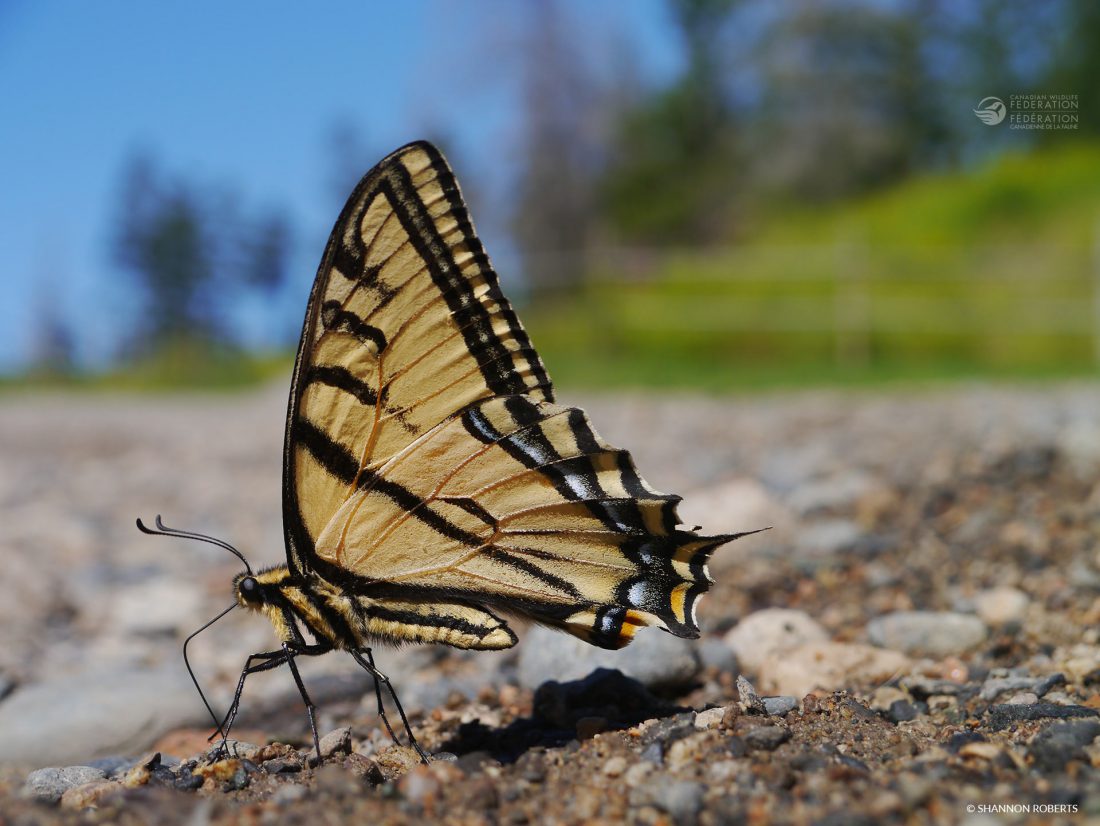
You can encourage butterflies to find and use your mud puddling spot by adding fresh compost or manure. This is especially important if the mud puddling spot is part of your garden and your soil is deficient in minerals. Your plants will benefit, too.
Butterflies tend to prefer areas that are sunny and sheltered – a factor to keep in mind when situating both a butterfly garden and mud puddle area.
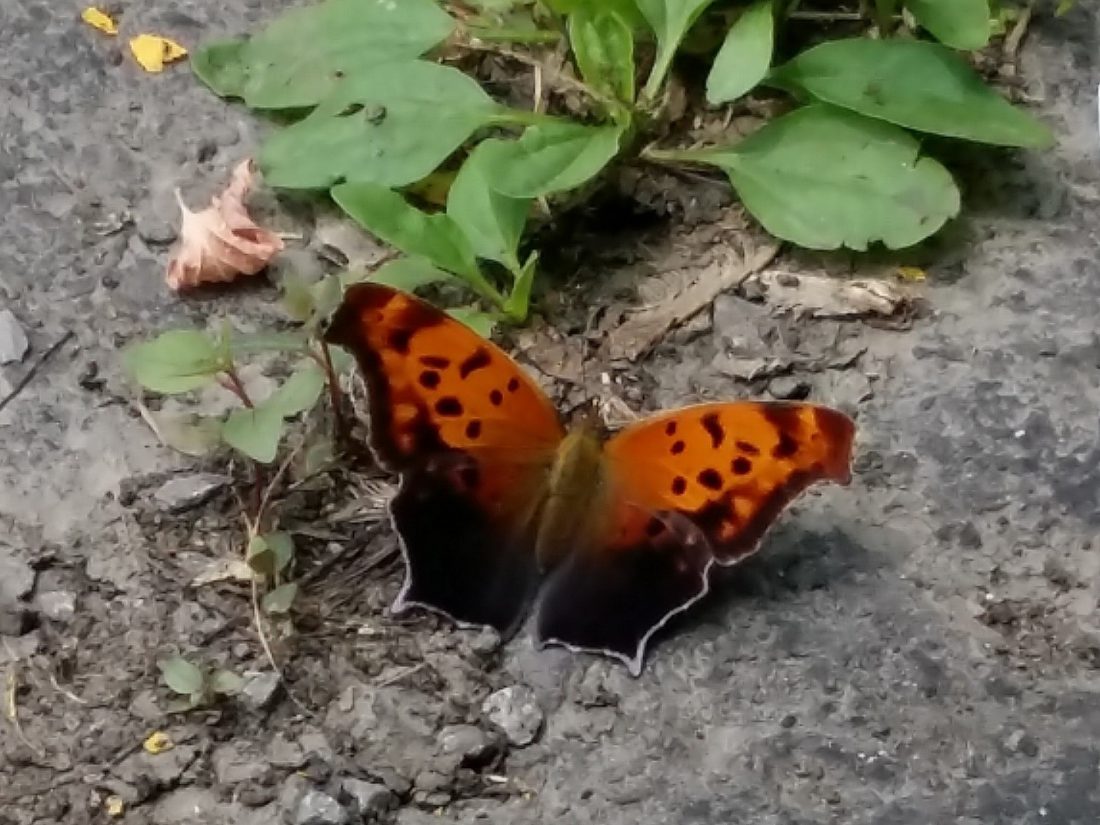
Remember that while most adult butterflies need flowers for nectar to feed on, they also need plant leaves to eat when they are caterpillars. The plants that caterpillars eat are called “larval food plants.” Notice the butterflies in your area and see if you can determine their host plants (check out our Gardening for Butterflies handout). Next, see if you have any of those trees, shrubs or herbaceous plants on your property. If not, consider adding some!
While it is helpful to increase butterfly habitat with food and water, it is imperative that the area is safe for butterflies to live or visit. Avoid pesticides as much as possible to keep your butterfly (and other pollinator) neighbours safe.
Learning Along the Way
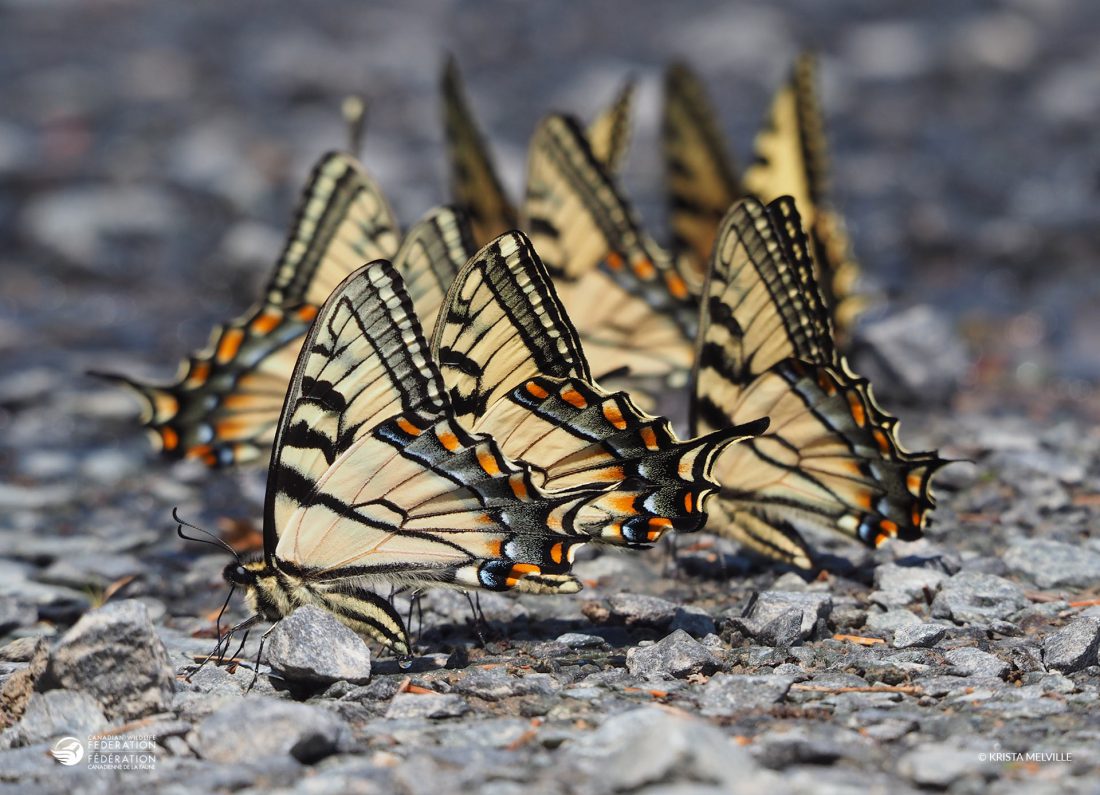
Encourage children to watch and notice which butterflies go to your flowers and which go to your mud puddle. Do some butterflies (like swallowtails) visit both or do some (like Question Marks and White Admirals that rarely visit flowers) only go to the mud puddle? Some butterflies that don’t normally mud puddle, like Monarchs, might end up visiting your muddy oasis if the summer is excessively dry and hot.
You can experiment with your mud puddle by filling half a dish with sand (non-sterilized) and the other half with compost or manure and seeing which side is most popular!

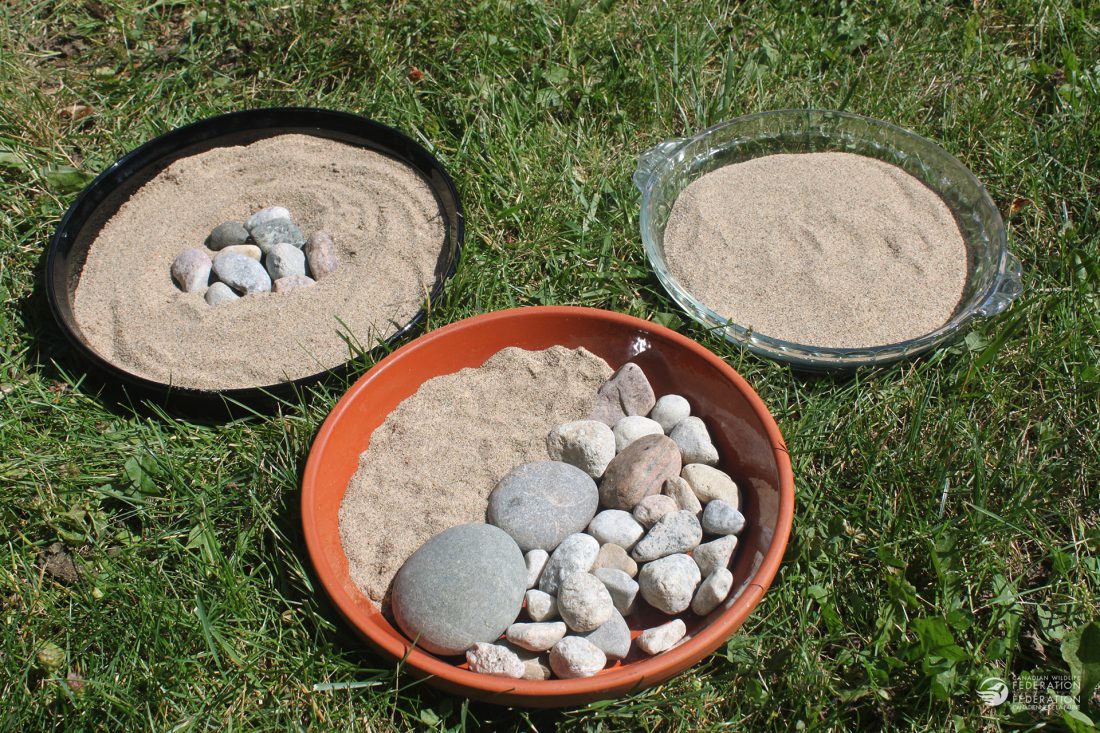
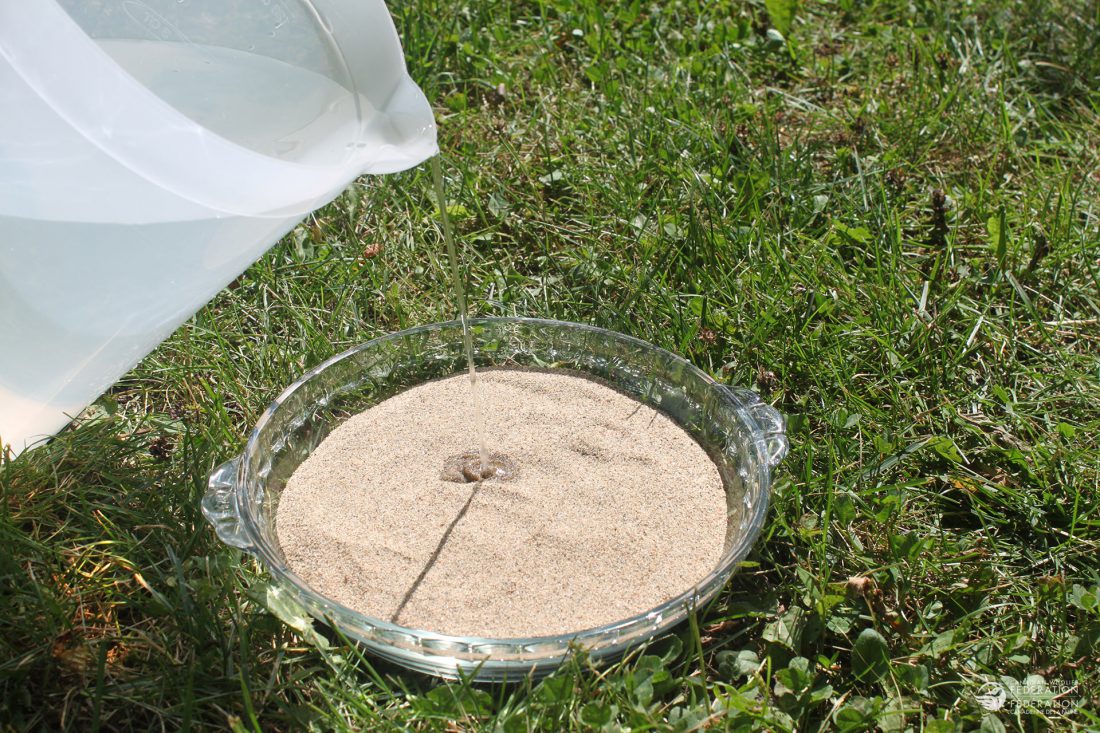
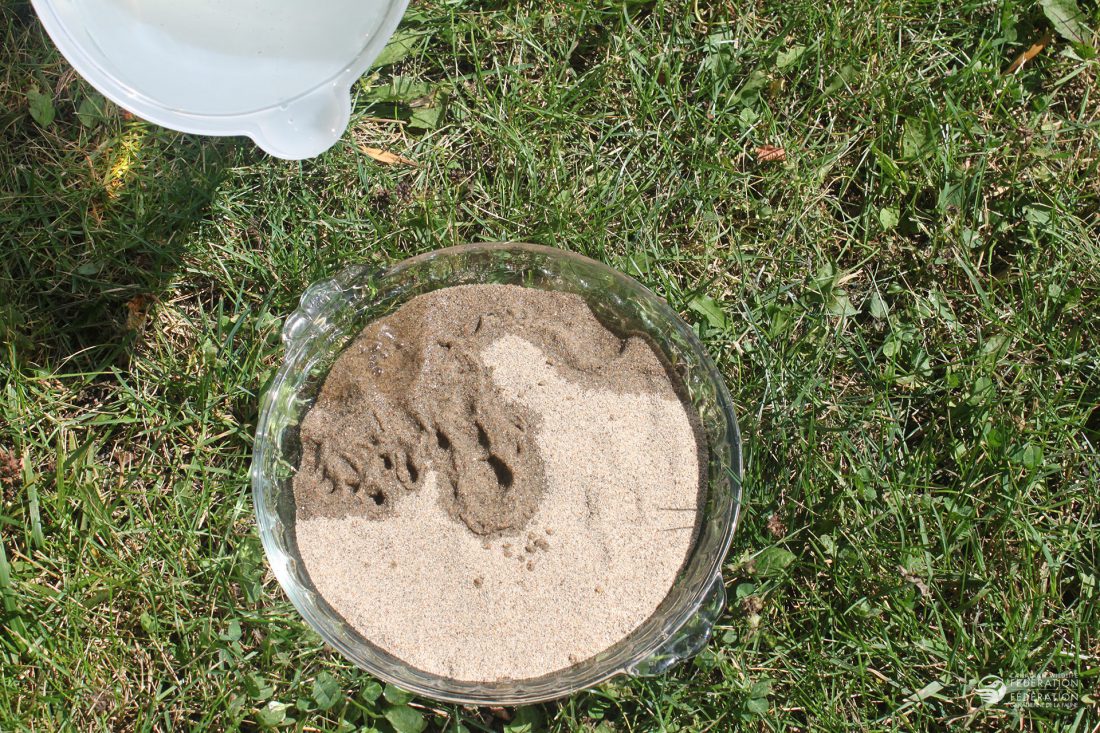
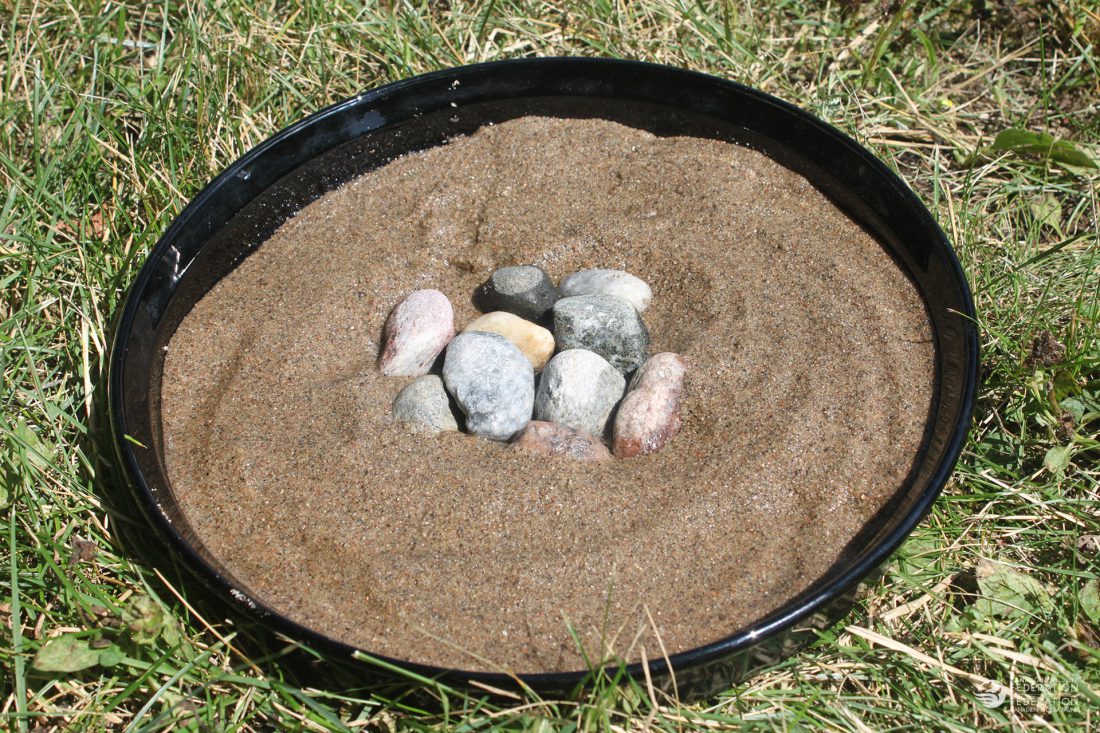
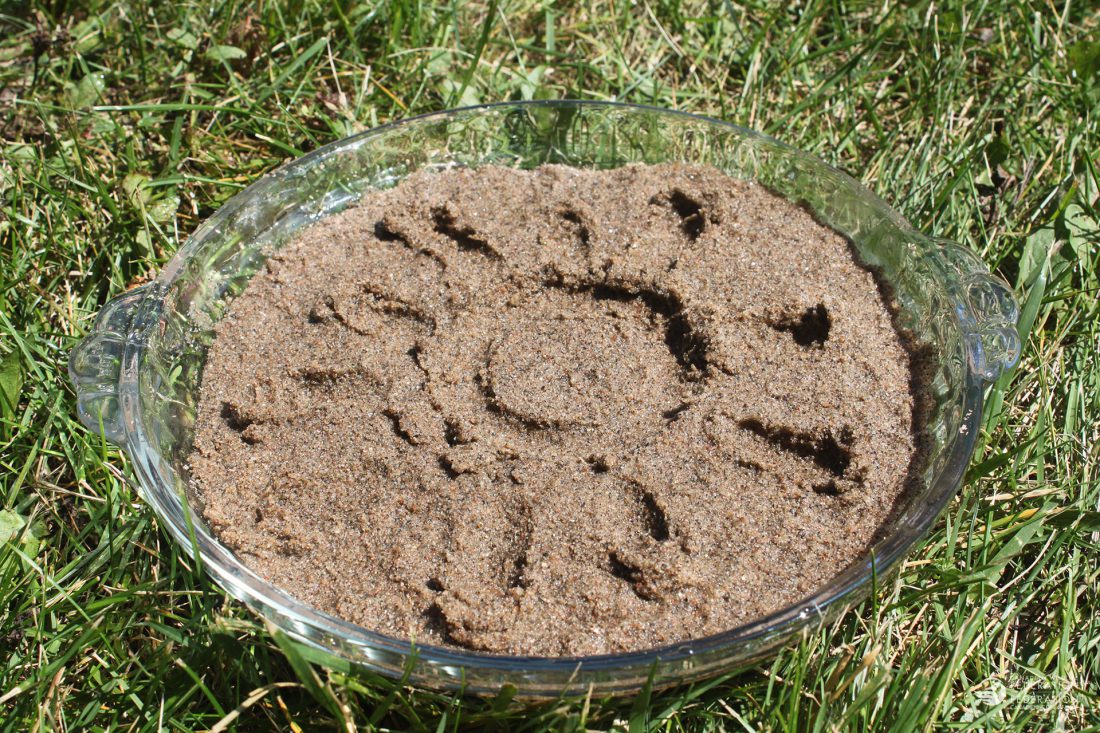
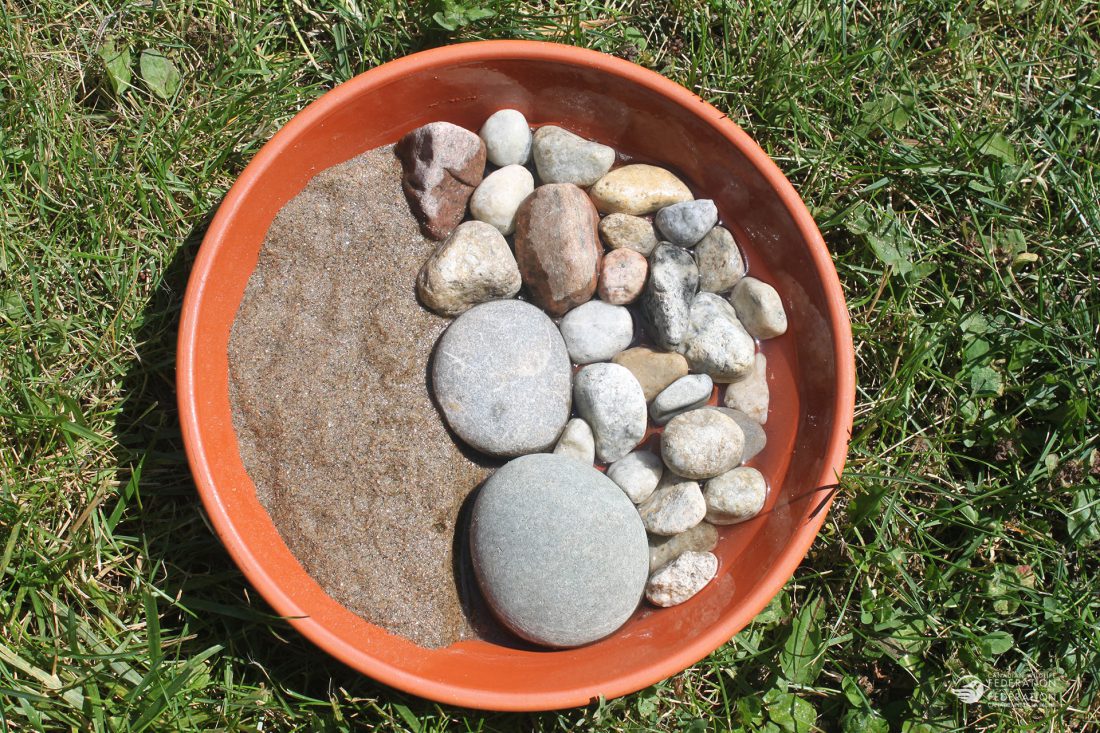
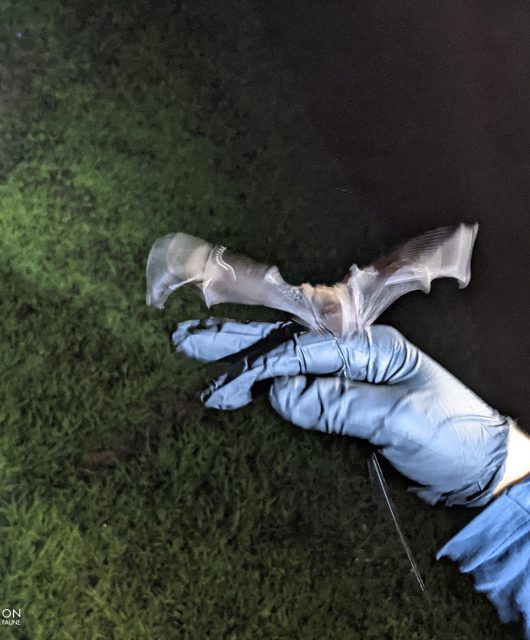

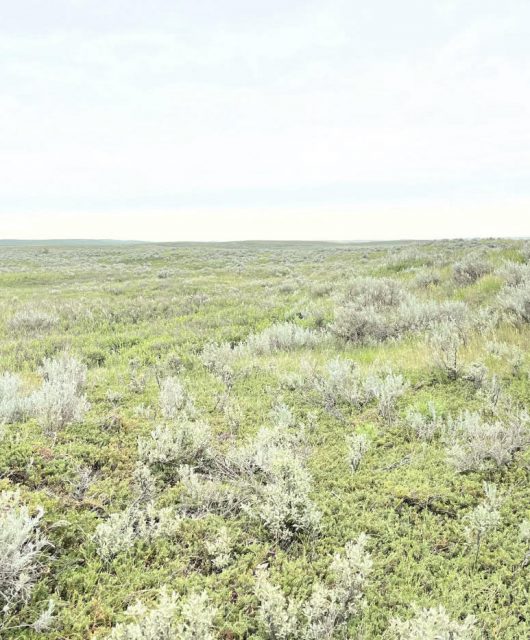
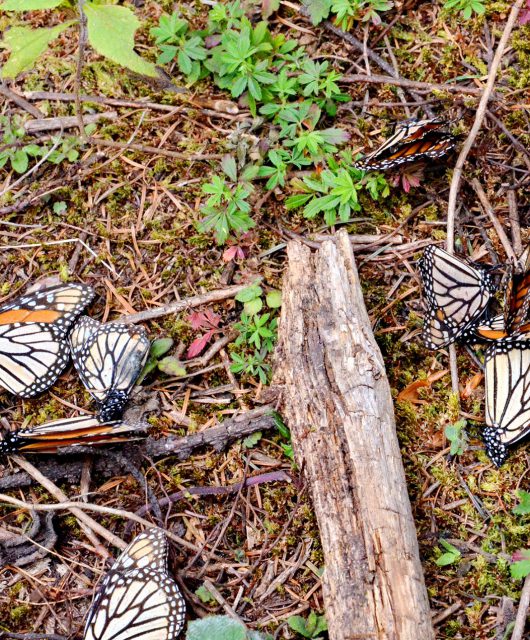
6 comments
I’d forgotten about this habit until I saw a Mourning Cloak Butterfly hanging around where my duck pond overflows. Water and manure. Yum!
Animal personalities are as real as human personalities. It is easy to see in a litter of puppies, and even in baby chickens. Later the adult chickens display distinct personalities. The males, roosters, have very distinct personalities, some are very aggressive, some are wise or sneaky, some are protective of the hens and others are bullies, and some are very courageous, risking and sometimes losing their lives protecting the hens. Hens also may die protecting their chicks by trying to fight off a predator. Not exactly “chicken”.
It is not surprising that other creatures have personalities, what is surprising is that we ever thought they didn’t have distinct personalities. Really, why wouldn’t they?Nan